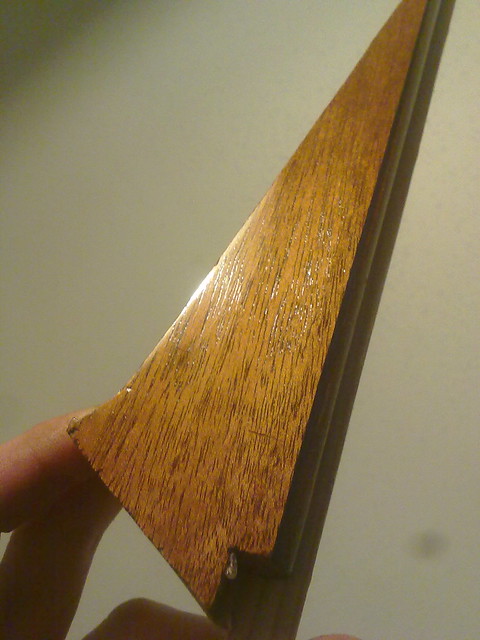The solvent evaporates off, every time the container is opened you lose some and the more air in the container the more you lose, so sometimes you need to add some solvent to keep the consistency right.
If you go the shellac route realize future finish repairs will be considerably more difficult, you will have what is essentially a color coat with the oil and then a clear coat. It will be easier then lacquer to repair, but considerably more difficult then a single finish. The tung oil will start adding the shine once you finish filling, you can switch to 400 or 600 grit for shades of matte or satin or just switch to just wiping it on for gloss. For matte or satin you want to avoid sawdust in your slurry, just want to sand the finish, not the wood. Shellac on top will add a different sort of depth, you always get that when you put on a different top coat, the difference between the two is subtle, both nice in their own way.
If you go the shellac route you need to sand the oil finish to get it very even and smooth, the shellac with really highlight any flaw in the oil beneath it. The oil is more forgiving in that sense, you can just build up the top coat then buff or wet sand through the high grits and even using the polishing compounds if you want that high gloss coated in glass look, but if you get your final coats nice and even you can avoid most, if not all of the sanding/polishing.
Tung oil and shellac are naturally gloss finishes, the trick to getting a good gloss without lots of buffing work is many light (thin) coats. This will even out irregularities in the previous coats and make it easier to avoid that irregular dipped in plastic look without the need for all that post finishing elbow grease. Or you can always combine the oil and the shellac and do the french polish, it is more work then oil or shellac, but the result is well worth the effort.
I am somewhat embarrassed by the composition of that text, being almost 4AM gives me some excuse, but in reality, I just do not feel like dealing with it

I am getting excited to see how this turns out, it is really giving me the itch to do some building.
Logic gates based on billiard-ball computer designs have also been made to operate using live soldier crabs of the species Mictyris guinotae in place of the billiard balls.



